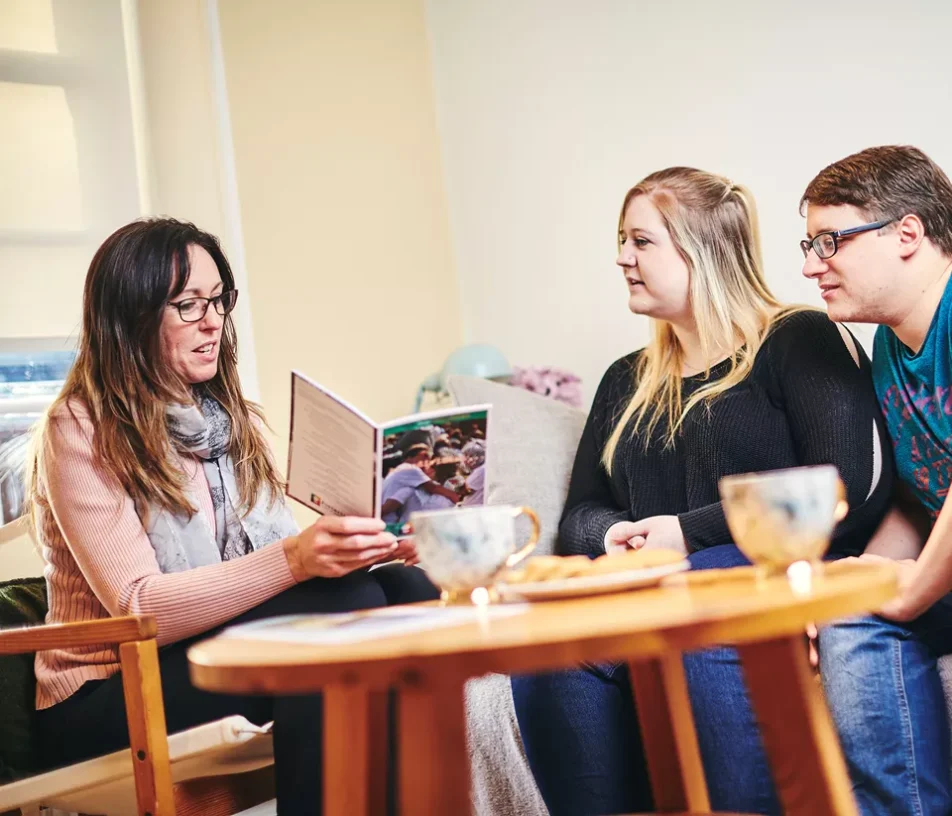
Long term fostering
Long term fostering gives children a safe, loving home with a dedicated foster parent until they reach 18.
What is long term fostering?
Long term fostering is a type of fostering placement that provides children and young people with a secure and stable foster family who will care for them on a long term basis, often until the child or young person turns 18.
Long term foster care placements are carefully planned and regularly reviewed with a focus on the child or young person building positive, trusting relationships with the foster family and ensuring stability within their foster home. Continuing contact with their birth family is also important in maintaining their wellbeing and so where appropriate, foster parents support regular contact and communication with parents, siblings and other family members.
Benefits of long term fostering placements
Being a long term foster parent is hugely rewarding, as you get to see how far a child or a young person has come since being in your foster care. Often, children will remain a part of your life even after they leave foster care when reaching adulthood.
Many foster parents attend weddings, university graduations and watch them bring up their own children. It can also be a truly enriching experience for your own children, as they learn valuable life lessons around empathy, sharing and caring for others.
Just starting to think about fostering?
Our Introduction to Fostering guide is the perfect place to start. Download it today and discover the world of fostering.
Long term fostering allowances
You’ll receive a weekly fostering allowance when a young person is placed with you.
This fee comprises of two elements;
- A child allowance to cover all expenditure in relation to the child in your care
- A foster parent fee to reward you for undertaking the fostering task.
You’ll also receive a holiday and summer activity allowance to encourage enriching life experiences for young people in foster care.

How long is long-term foster care?
Long-term fostering means looking after a child on a long-term basis, which can last up until they reach 18 years old or longer on a ‘Staying Put’ arrangement to help them transition into adulthood and independent living.
When such strong bonds are developed over a long period of time, it’s normal that the foster family remains a key part of the young person’s life, even after leaving care.
What’s the difference between short & long-term fostering?
Short-term fostering can last a few nights, several months or a couple of years. The placements are never designed to be permanent, and the foster family will support the child until they are ready to return to their birth family or move to a long-term foster family.
Long-term fostering supports a child over the course of several years or until they reach 18 years old.
If you’d like more information on becoming a foster parent, please get in touch with our friendly team today.
Other types of fostering
As well as long term foster care, there are a number of other types of placements, including:
Speak to our team today
Whether you’re looking for more information or you’re ready to apply, we’re here to help you on your journey.
Enquiry Form
The company takes the requirements of GDPR seriously in ensuring the privacy and lawful processing of personal data provided to us by you. Please view our privacy notice which explains how the company will manage and use your personal data. This site is protected by reCAPTCHA and the Google Privacy Policy and Terms of Service apply.

